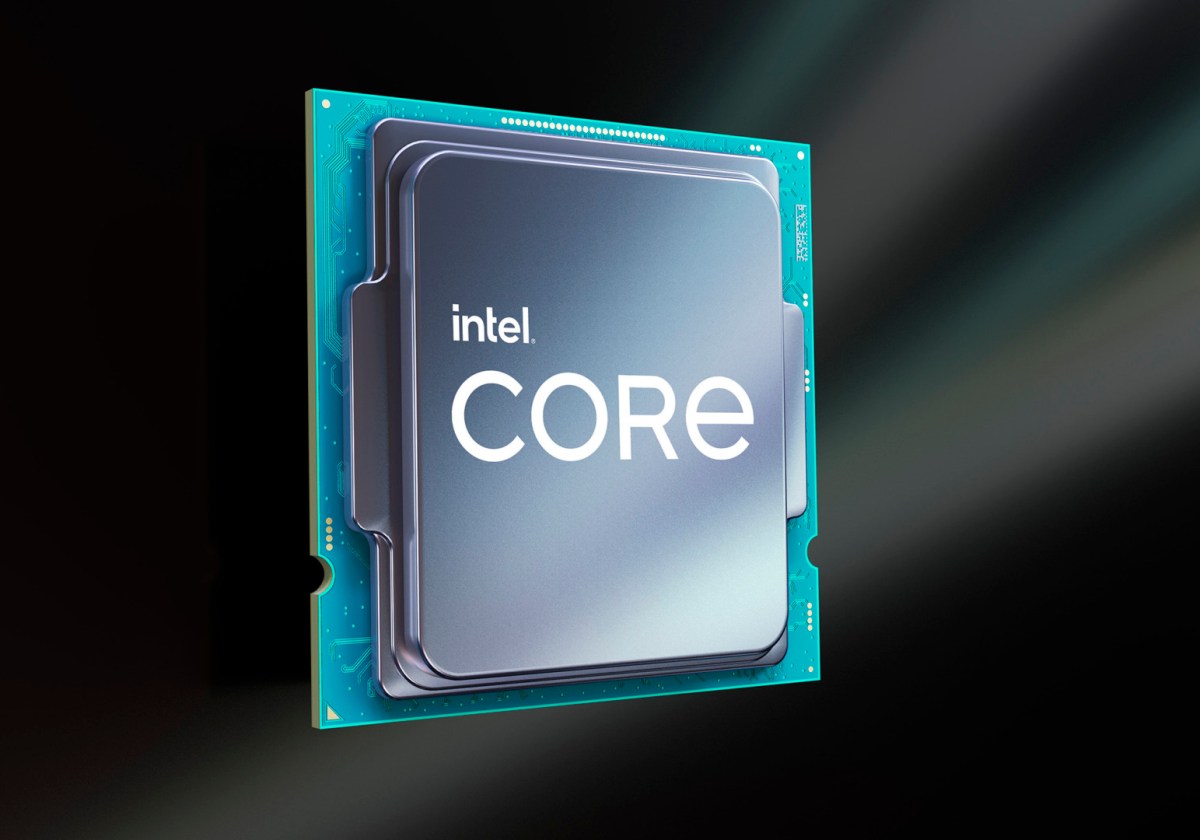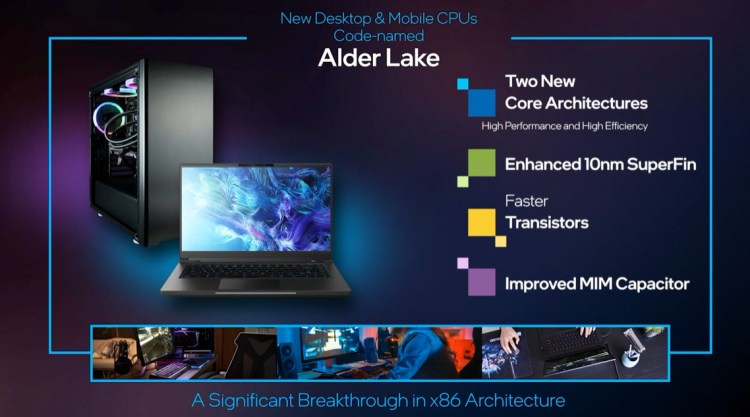Intel’s upcoming Alder Lake lineup of desktop CPUs will offer multiple new technologies that are certainly going to move computing and gaming forward in the years ahead. The platform will feature an entirely new architecture, a mix of big Golden Cove and little Gracemont cores, DDR5 memory support, and PCIe 5.0 just to name a few of the major highlights. More importantly for Intel, it will also be the first desktop lineup to arrive on the new 10nm process node, offering more efficiency and density over the previous generation’s 14nm. There’s a lot running on the success of this lineup for Intel, but it appears that the design of Alder Lake is moving along according to the specs of newly-leaked information on a 16-core CPU.
The info arrives from Igor’s Lab, which is a well-connected computer hardware enthusiast site. It posted specs on a 16-core 24-thread CPU, which is presumed to be the next i9. While this particular processor is just an engineering sample that doesn’t necessarily represent the final product, it does show how the frequencies are coming along in addition to some information on power usage.
Not exactly boosting to the moon
The processor boasts a 4.6 GHz Turbo for 1-2 big cores, which then scales down until leveling out at 4.0 GHz on all eight of its big Golden Cove cores. As for the small Gracemont cores, it can do 3.4 GHz on 1-4 cores and 3.0 GHz across all eight of those cores. As for the base operation frequency, it’s at a mere 1.8 GHz which is interesting, but likely just an intentional spec for the engineering sample.
In regards to power usage, things appear to be on the high side once again. The P1 state is rated for 125 watts, while the P2 goes all the way up to 228 watts. That’s a slight improvement over Rocket Lake, but still disappointing to see from Intel given AMD’s 142 watt limit on the powerful Ryzen 5000 Series.
However, our actual gaming tests of the 11700K showed that Rocket Lake doesn’t always use that much energy. It just has the option to draw more power when it needs to. Hopefully Alder Lake will be able to provide more efficiency when it comes to gaming tasks. Nobody likes a hot computer, and Rocket Lake definitely causes those types of problems.
Alder Lake for gaming?
While these frequency numbers are not final, they do leave a good bit to be desired in terms of single-threaded performance. Intel claims Alder Lake will feature a 20% IPC increase over Tiger Lake. That will help to offset some of the lower frequencies. Still, this engineering sample currently shows a large regression in overall frequencies.
However, single-core turbo frequencies aren’t everything in gaming anymore now that newer games are finally utilizing the higher core and thread counts to spread out the workloads. In contrast, older titles tend to rely more on just higher frequencies. With this in mind, Alder Lake could be better for gaming in newer titles due to its greater number of cores, while the previous Intel CPU generations could still perform better or totally equal in older games.
It’s certainly an odd possibility to consider, but the multi-threaded improvements coming with Alder Lake are unquestionable. Intel promises 50% improvements in multi-threaded workloads, which could end up being what Alder Lake is remembered for (in addition to DDR5 and PCIe 5.0 support). We’ll just have to see what the actual performance looks like when Alder Lake launches. But, the new specs will be a huge step forward overall for Intel if it pulls off the hybrid core architecture without any major hitches. If everything goes according to plan, 2022’s Raptor Lake may be the generation where every aspect of performance becomes indisputably better.









Published: May 5, 2021 03:45 pm